Home>Gardening & Outdoor>Landscaping Ideas>What Is The Grass That Looks Like Wheat
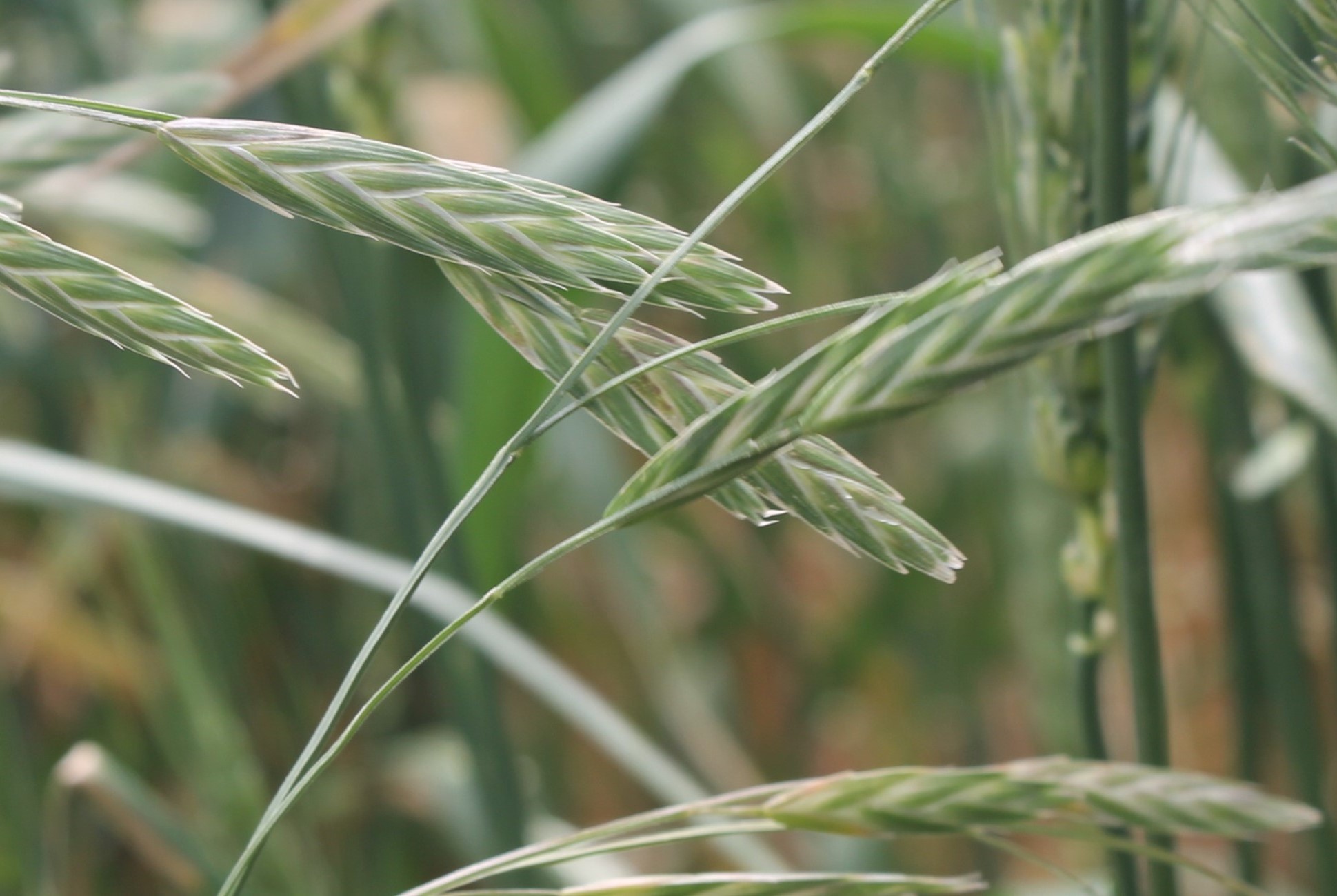

Landscaping Ideas
What Is The Grass That Looks Like Wheat
Modified: February 18, 2024
Discover landscaping ideas using grass that looks like wheat to add a natural, rustic charm to your outdoor space. Explore creative ways to incorporate this unique grass into your landscape design.
(Many of the links in this article redirect to a specific reviewed product. Your purchase of these products through affiliate links helps to generate commission for Storables.com, at no extra cost. Learn more)
Introduction
When it comes to landscaping, the choice of grass can significantly impact the overall aesthetic and appeal of a garden or outdoor space. One particularly intriguing option is the grass that looks like wheat. This type of grass possesses a unique charm that can add a touch of rustic elegance to any landscape. In this article, we will explore the characteristics of grass that resembles wheat, the common types of such grass, its uses, and how to distinguish it from actual wheat.
Whether you are a landscaping enthusiast, a homeowner looking to enhance your outdoor space, or simply curious about different types of grass, understanding the features and uses of grass that looks like wheat can provide valuable insights and inspiration for your landscaping endeavors.
Key Takeaways:
- Grass that looks like wheat adds a rustic charm to outdoor spaces with its slender, delicate appearance and swaying seed heads. It’s versatile, resilient, and perfect for creating a tranquil and natural ambiance in gardens.
- Differentiating grass that resembles wheat from actual wheat is crucial for landscaping. Pay attention to growth habit, seed head color, context, and height to ensure the right choice for your outdoor design.
Read more: What Do Wheat Seeds Look Like
Characteristics of Grass That Looks Like Wheat
Grass that resembles wheat is known for its slender, delicate appearance, often bearing a striking resemblance to the golden stalks of wheat swaying in the breeze. One of its defining characteristics is its height, typically ranging from 2 to 3 feet, which contributes to its graceful and swaying nature. The leaves of this grass are narrow and often have a slightly bluish-green hue, adding to its visual allure.
Furthermore, the seed heads of grass that looks like wheat bear a resemblance to the distinctive heads of wheat, often displaying a golden or light brown coloration. This feature adds an enchanting visual dimension to the grass, especially when it catches the sunlight, creating a warm and inviting ambiance in the landscape.
Another notable characteristic of this grass is its adaptability to various soil types and climates. It can thrive in both sunny and partially shaded areas, making it a versatile choice for landscaping projects. Additionally, its resilience to drought and ability to withstand moderate foot traffic make it a practical and visually appealing option for both residential and commercial landscapes.
The slender and delicate nature of grass that looks like wheat also contributes to its gentle rustling in the wind, evoking a sense of tranquility and natural beauty. Whether used as a border plant, a focal point in a garden bed, or as part of a larger landscaping scheme, this grass has a unique ability to infuse a touch of rustic charm and elegance into outdoor spaces.
Common Types of Grass That Resemble Wheat
Several varieties of grass share the visual resemblance to wheat, each with its own unique characteristics and growing requirements. One of the most popular types is the Blue Fescue (Festuca glauca), known for its fine, needle-like leaves that form compact, tufted mounds. The intense blue-green foliage of this grass closely resembles the color of certain wheat varieties, making it a sought-after choice for adding a touch of visual interest to landscaping designs.
Another common type is the Feather Reed Grass (Calamagrostis x acutiflora), prized for its upright growth habit and feathery plumes that bear a resemblance to wheat heads. This ornamental grass adds a graceful and dynamic element to landscapes, especially when its plumes catch the sunlight, creating a mesmerizing display of light and movement.
Additionally, the Tufted Hair Grass (Deschampsia cespitosa) is often chosen for its delicate, airy seed heads that share a likeness to wheat spikes. This grass thrives in moist, well-drained soils and is particularly valued for its ability to bring a sense of lightness and natural elegance to garden borders and meadow plantings.
Moreover, the Blue Oat Grass (Helictotrichon sempervirens) is renowned for its steel-blue foliage and compact, upright growth habit, resembling the appearance of certain wheat varieties. Its striking color and texture make it a popular choice for adding contrast and visual appeal to rock gardens, borders, and mass plantings.
Each of these grass varieties offers its own distinct visual appeal and growth characteristics, providing landscapers and gardening enthusiasts with a diverse range of options to incorporate the rustic charm and graceful allure of grass that resembles wheat into their outdoor spaces.
When trying to identify grass that looks like wheat, look for the distinctive seed heads of wheat, which are compact and have a bristly appearance. Additionally, wheat grass has a hollow stem, while other grasses may have solid stems.
Uses of Grass That Looks Like Wheat
Grass that resembles wheat holds a versatile and ornamental value, making it a popular choice for a variety of landscaping applications. One of its primary uses is as a border or edging plant, where its slender and graceful appearance adds a soft and natural delineation to garden beds, pathways, and other landscape features. Whether used in formal or informal garden designs, this grass can create a sense of flow and continuity while infusing a touch of rustic elegance.
Furthermore, grass that looks like wheat is often utilized as a focal point in garden beds and mixed borders, where its swaying seed heads and delicate foliage draw the eye and add visual interest. When strategically placed among flowering plants or other ornamental grasses, it can contribute to a dynamic and captivating landscape composition, especially when its golden or light brown seed heads catch the sunlight.
Another popular use for this type of grass is in mass plantings, where its slender, upright growth habit creates a sense of movement and rhythm within the landscape. Whether incorporated into meadow-style plantings or used to create visual impact in larger garden areas, grass that resembles wheat can evoke a natural and unstructured beauty, adding depth and character to outdoor spaces.
Moreover, this grass is often chosen for its ability to thrive in containers and ornamental pots, making it a versatile option for adding a touch of rustic charm to patios, balconies, and other outdoor living areas. Its graceful form and gentle swaying in the breeze can create a calming and picturesque ambiance, enhancing the overall appeal of outdoor living spaces.
Overall, the uses of grass that looks like wheat are diverse and adaptable, allowing it to play a valuable role in enhancing the visual appeal and natural charm of various landscaping settings.
How to Distinguish Grass That Looks Like Wheat from Actual Wheat
Distinguishing grass that resembles wheat from actual wheat can be a crucial consideration, especially for landscaping and gardening enthusiasts who seek to incorporate the distinctive charm of this grass without confusion. One of the key distinguishing factors is the overall appearance and growth habit of the plants.
Firstly, grass that looks like wheat often exhibits a slender and delicate growth habit, with narrow leaves and graceful, swaying seed heads. In contrast, actual wheat plants typically have broader leaves and a more robust, upright growth habit, especially as they mature and develop the familiar wheat heads.
Furthermore, the coloration of the seed heads can provide a clear distinction. Grass that resembles wheat often features seed heads with a golden or light brown hue, adding to its visual appeal. On the other hand, actual wheat plants bear seed heads that are densely packed with grains and have a more uniform and compact appearance, typically with a pale yellow or tan coloration when mature.
Another important factor to consider is the context in which the plants are growing. Grass that looks like wheat is commonly used in ornamental and landscaping settings, often as part of garden beds, borders, or container plantings. In contrast, actual wheat is typically cultivated in agricultural fields and is rarely found in ornamental or decorative landscapes.
Additionally, the height of the plants can serve as a distinguishing feature. Grass that resembles wheat generally ranges from 2 to 3 feet in height, whereas actual wheat plants can reach greater heights, especially when grown for agricultural purposes. Observing the overall scale and proportion of the plants in relation to their surroundings can provide valuable clues for differentiation.
By paying attention to these key factors, including growth habit, seed head characteristics, context, and height, individuals can effectively distinguish grass that looks like wheat from actual wheat, ensuring that their landscaping and gardening endeavors reflect their intended design and aesthetic vision.
Read more: What Weeds Look Like Grass
Conclusion
In the realm of landscaping and garden design, the allure of grass that resembles wheat lies in its graceful and rustic charm, which can infuse outdoor spaces with a sense of natural elegance and tranquility. The slender, delicate appearance and swaying seed heads of this grass contribute to its visual appeal, making it a sought-after choice for various landscaping applications.
Whether used as a border plant, a focal point in garden beds, or as part of larger landscape compositions, grass that looks like wheat offers a versatile and ornamental value, enhancing the visual interest and natural beauty of outdoor environments. Its adaptability to different soil types and climates, along with its resilience to drought and moderate foot traffic, further adds to its practical appeal for both residential and commercial landscapes.
Furthermore, the diverse range of grass varieties that resemble wheat, such as Blue Fescue, Feather Reed Grass, Tufted Hair Grass, and Blue Oat Grass, provides landscaping enthusiasts with a rich palette of options to incorporate this charming grass into their outdoor designs, adding depth and character to their landscapes.
By understanding the distinguishing features of grass that resembles wheat and its uses in various landscaping settings, individuals can harness its unique appeal to create captivating and picturesque outdoor spaces. Additionally, the ability to differentiate this grass from actual wheat plants is essential for ensuring that landscaping and gardening endeavors accurately reflect the intended design and aesthetic vision.
Overall, the enchanting allure and versatile uses of grass that looks like wheat make it a valuable and captivating addition to the world of landscaping, offering a timeless and natural elegance that enriches outdoor environments with its gentle beauty.
Frequently Asked Questions about What Is The Grass That Looks Like Wheat
Was this page helpful?
At Storables.com, we guarantee accurate and reliable information. Our content, validated by Expert Board Contributors, is crafted following stringent Editorial Policies. We're committed to providing you with well-researched, expert-backed insights for all your informational needs.
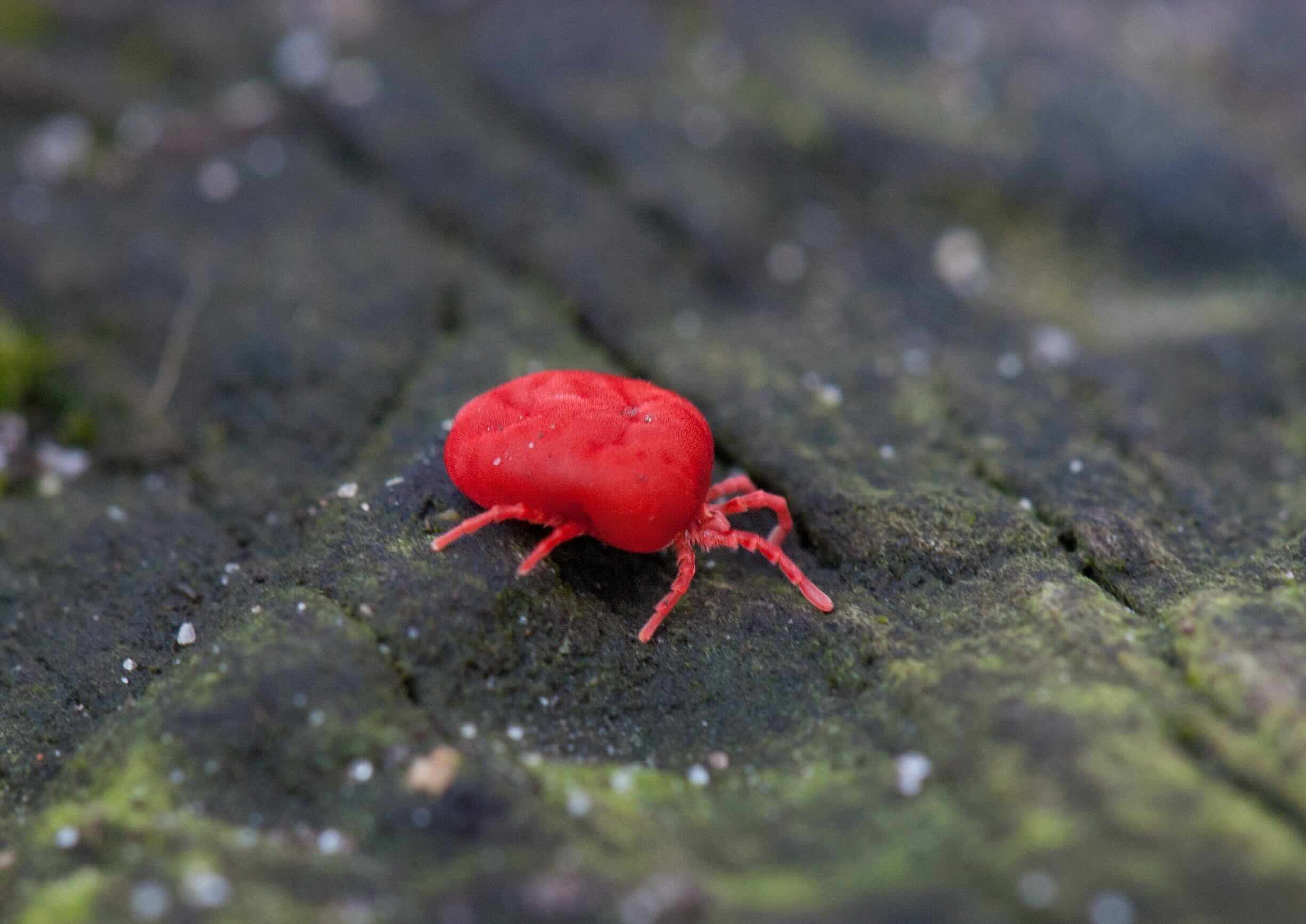
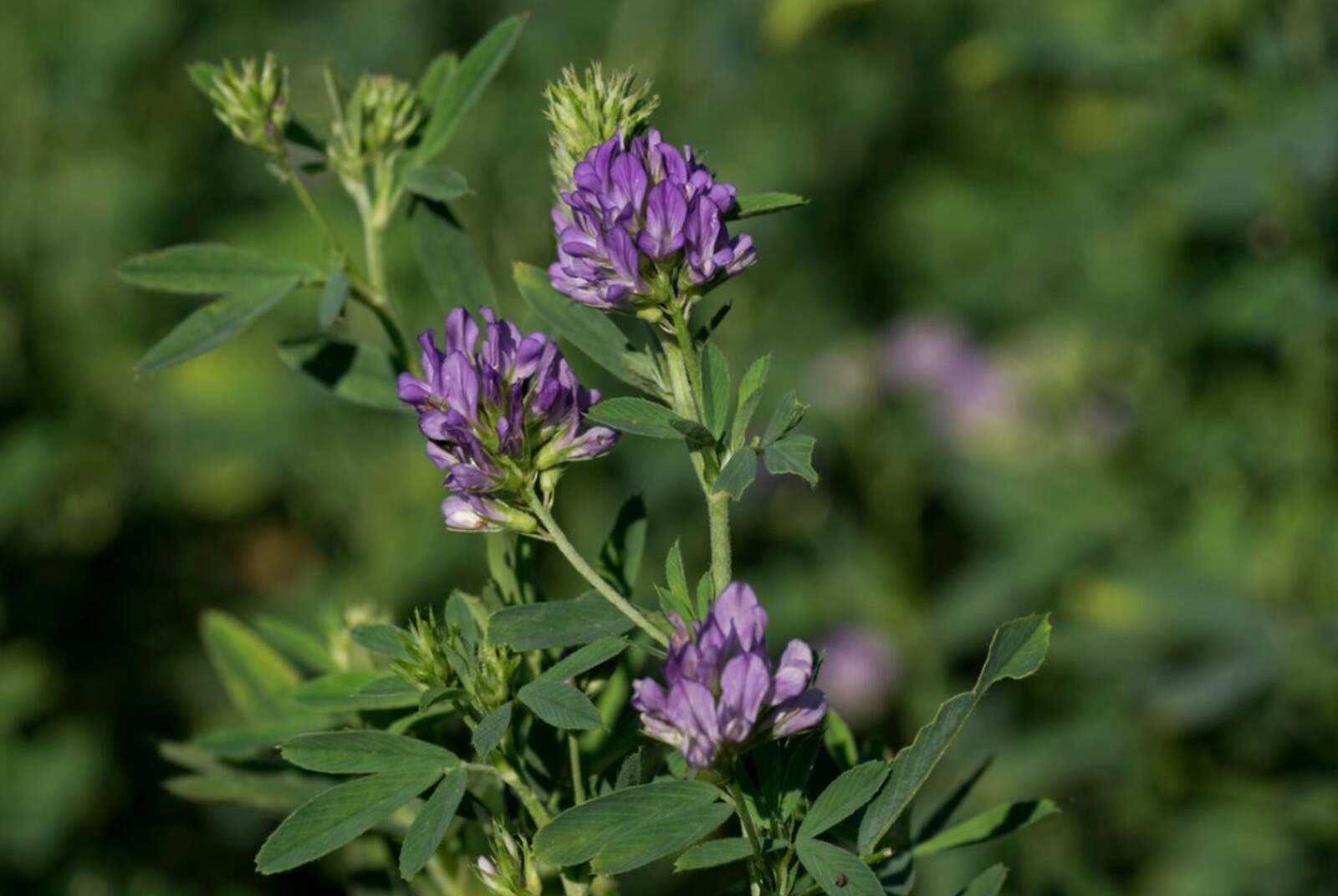
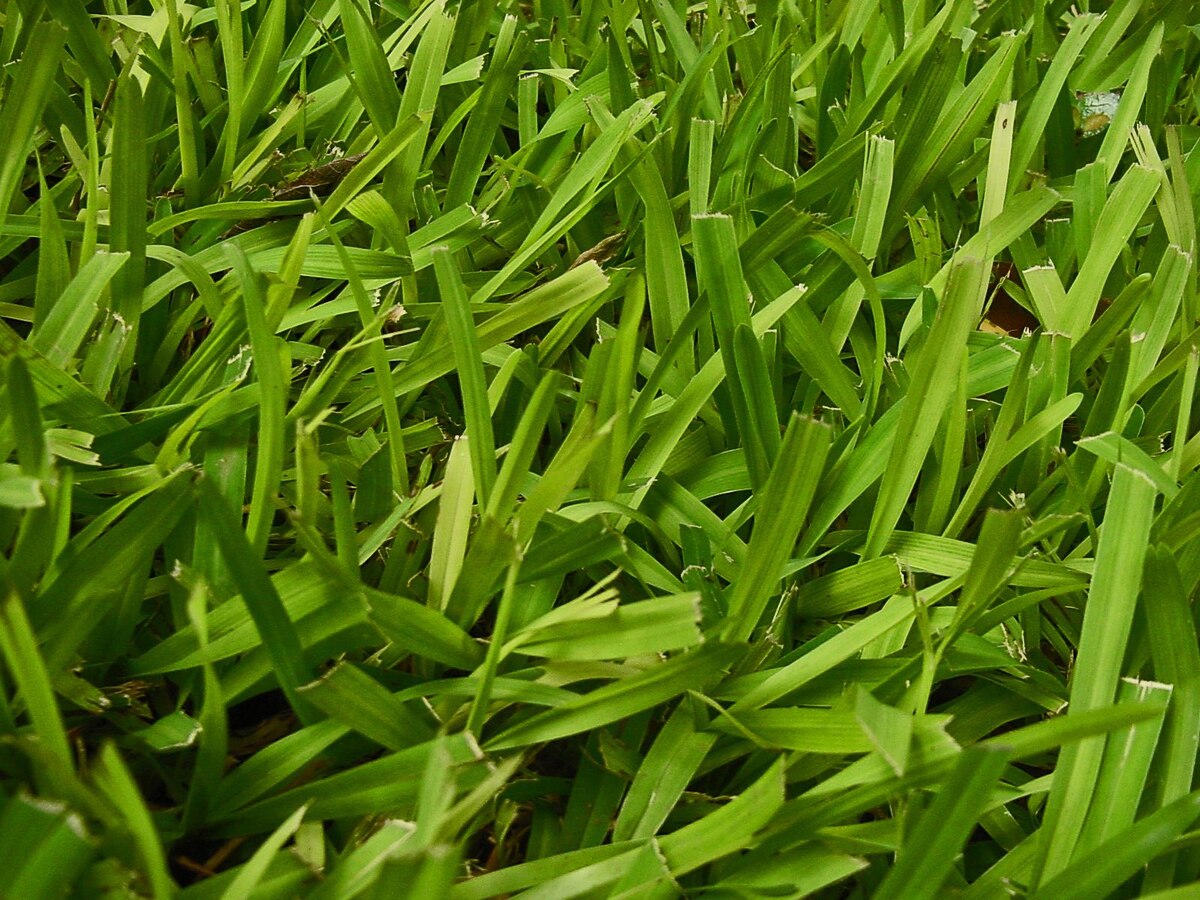
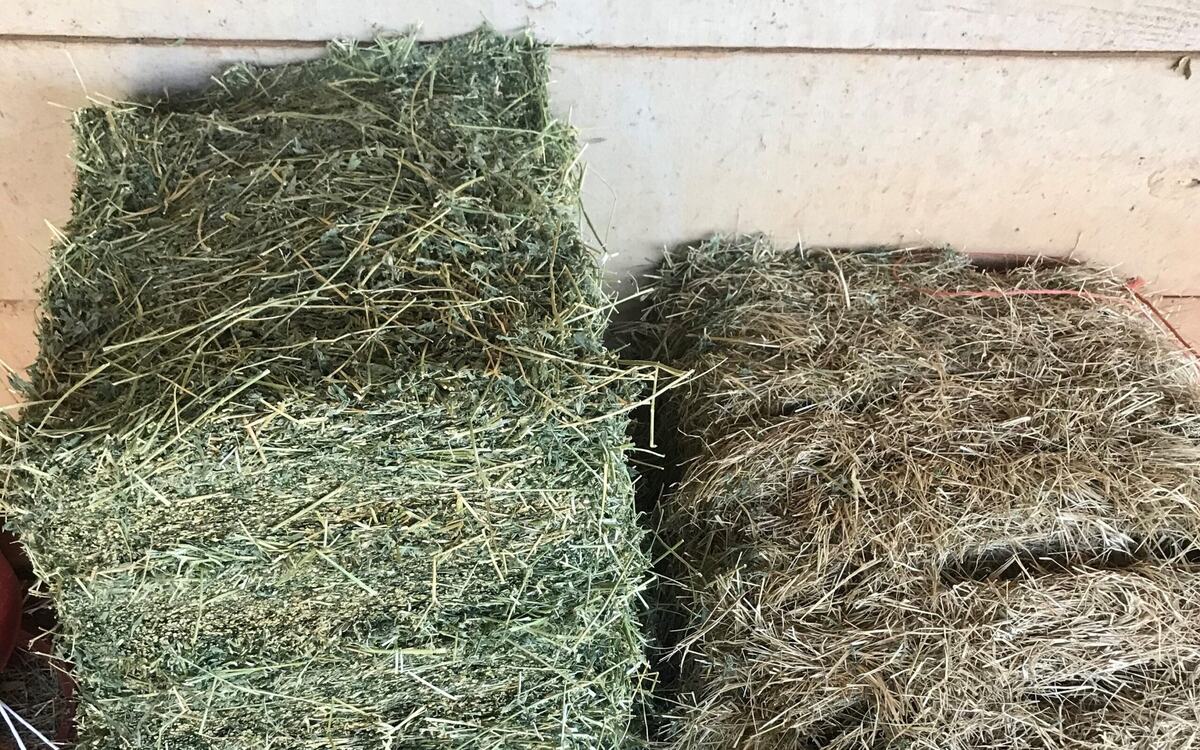
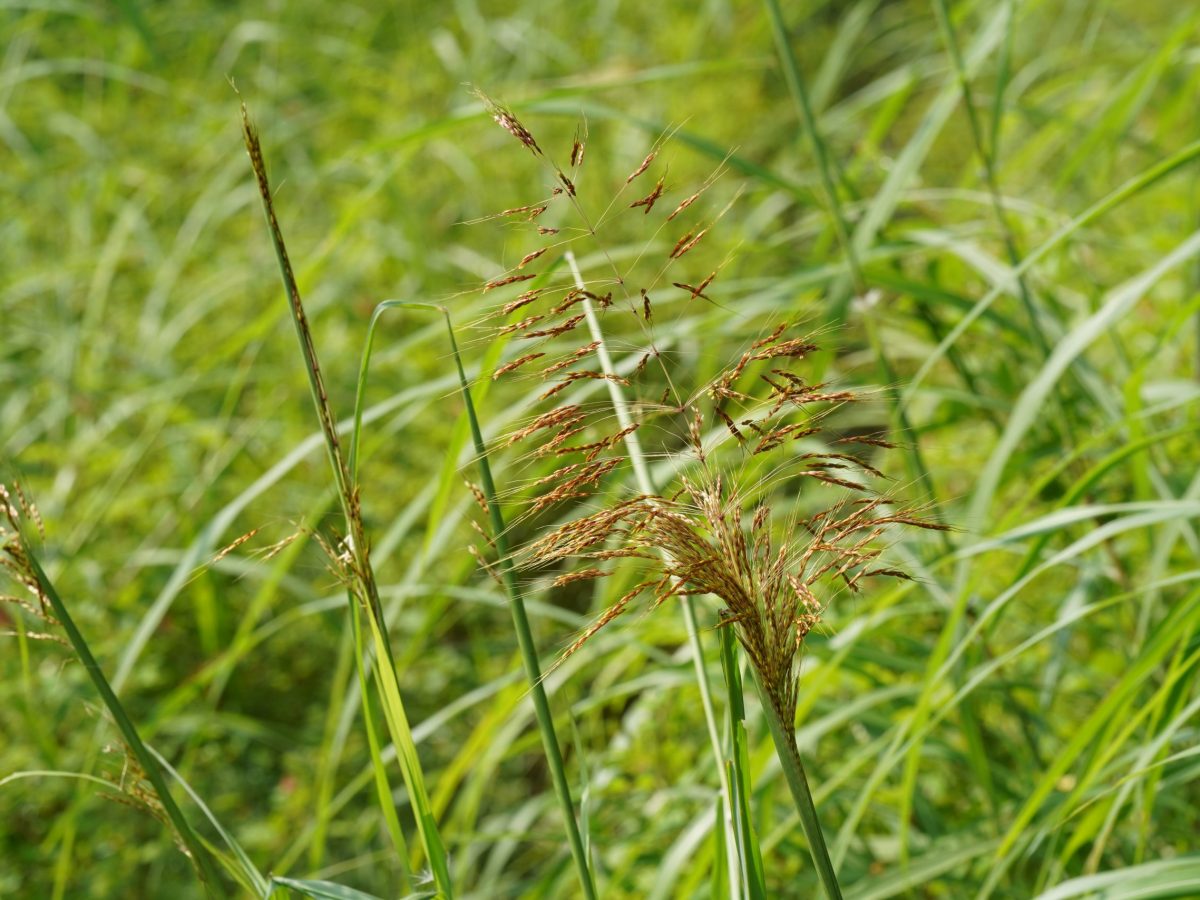
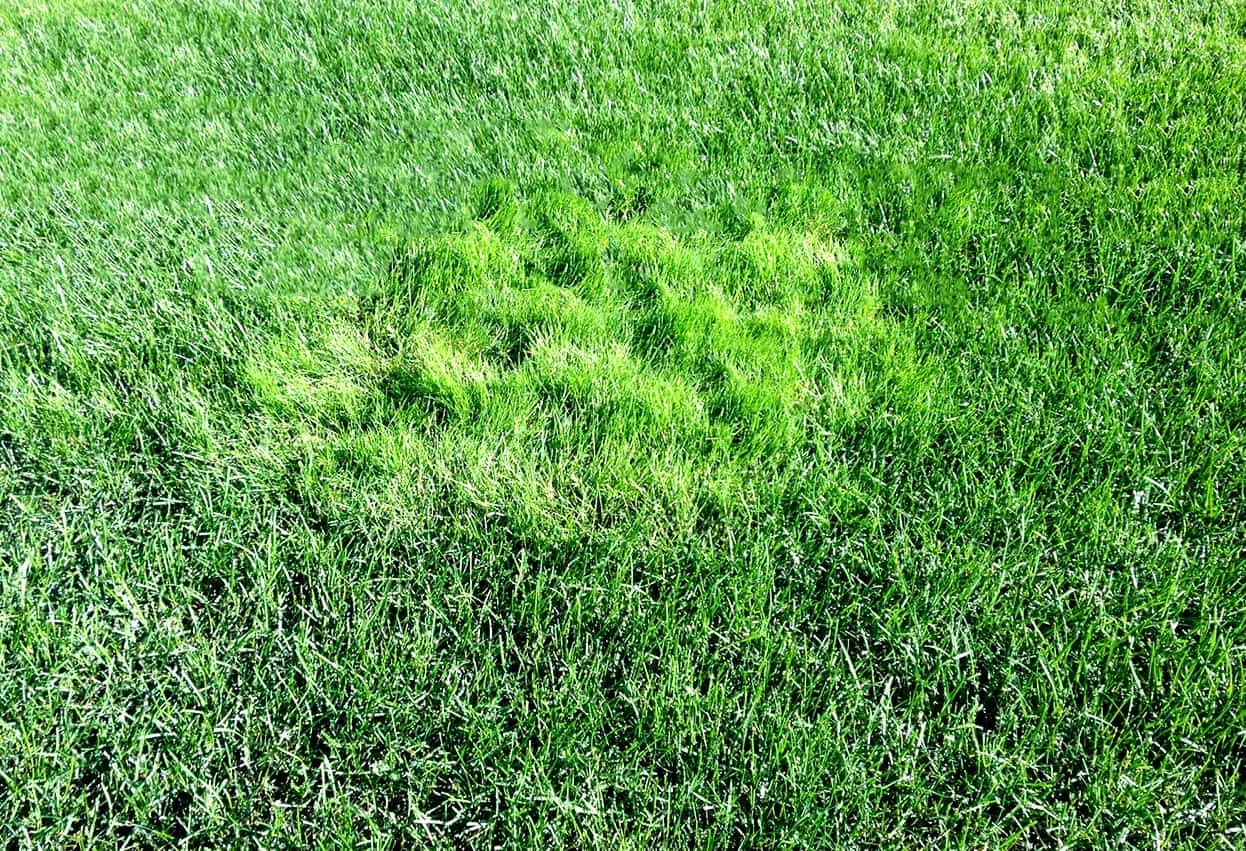
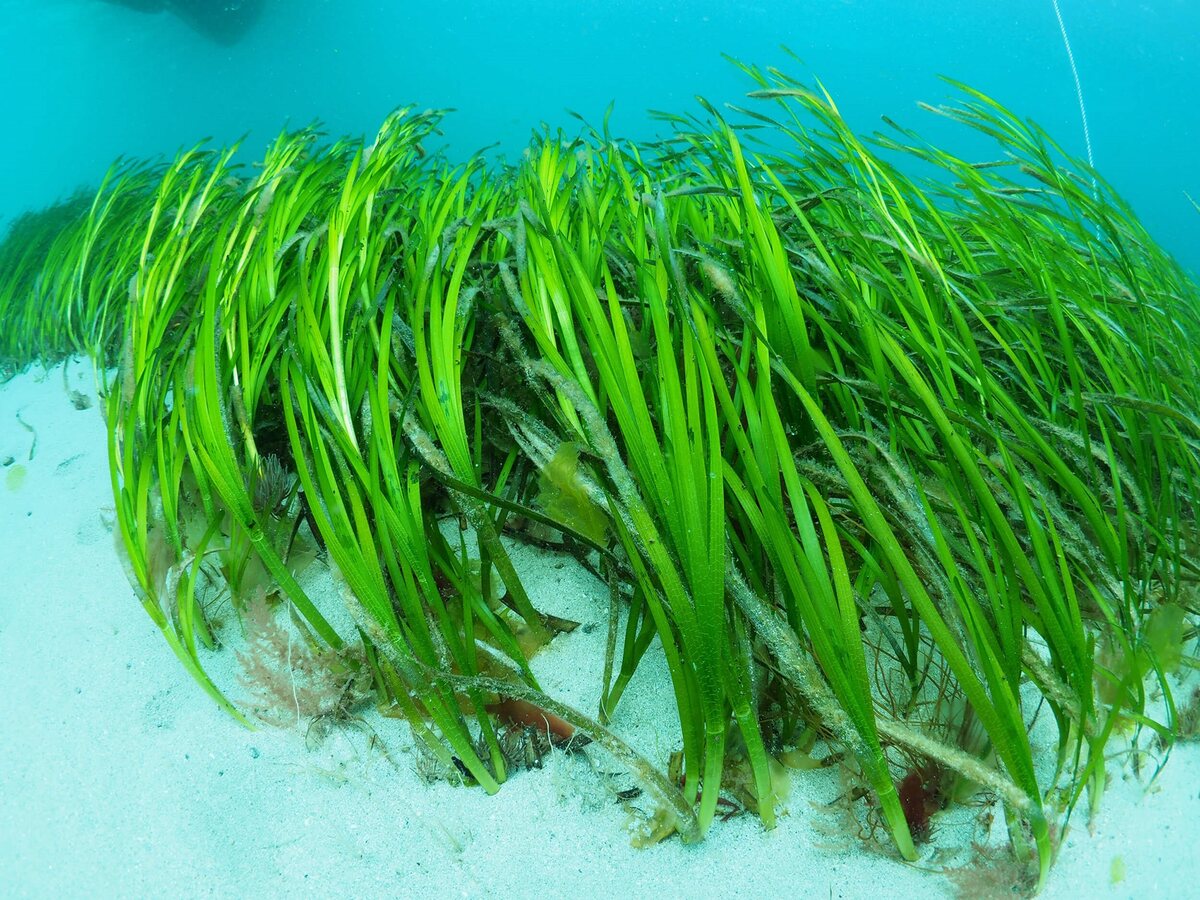
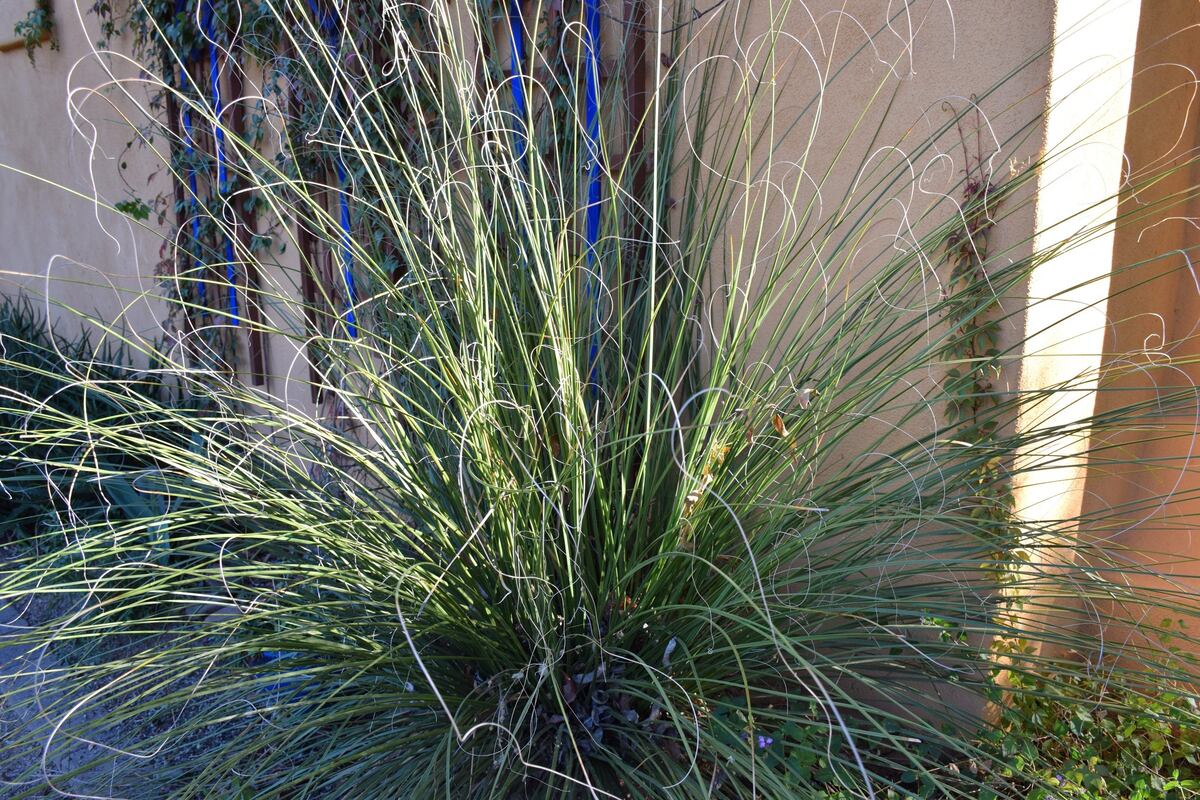
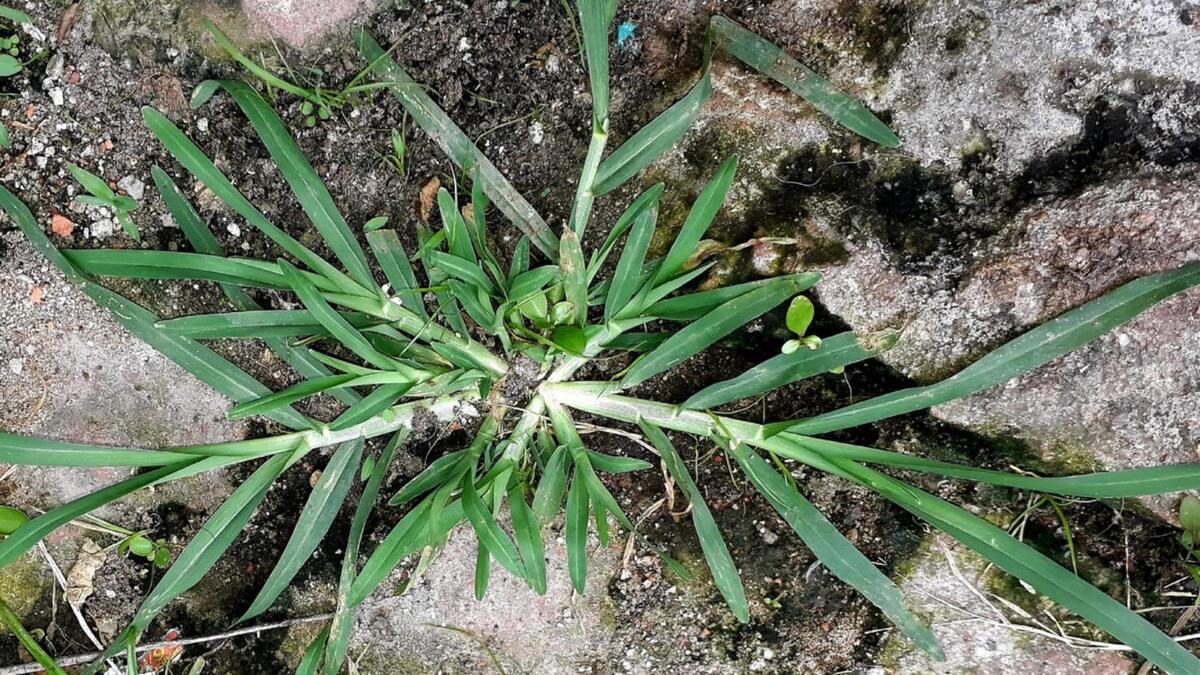
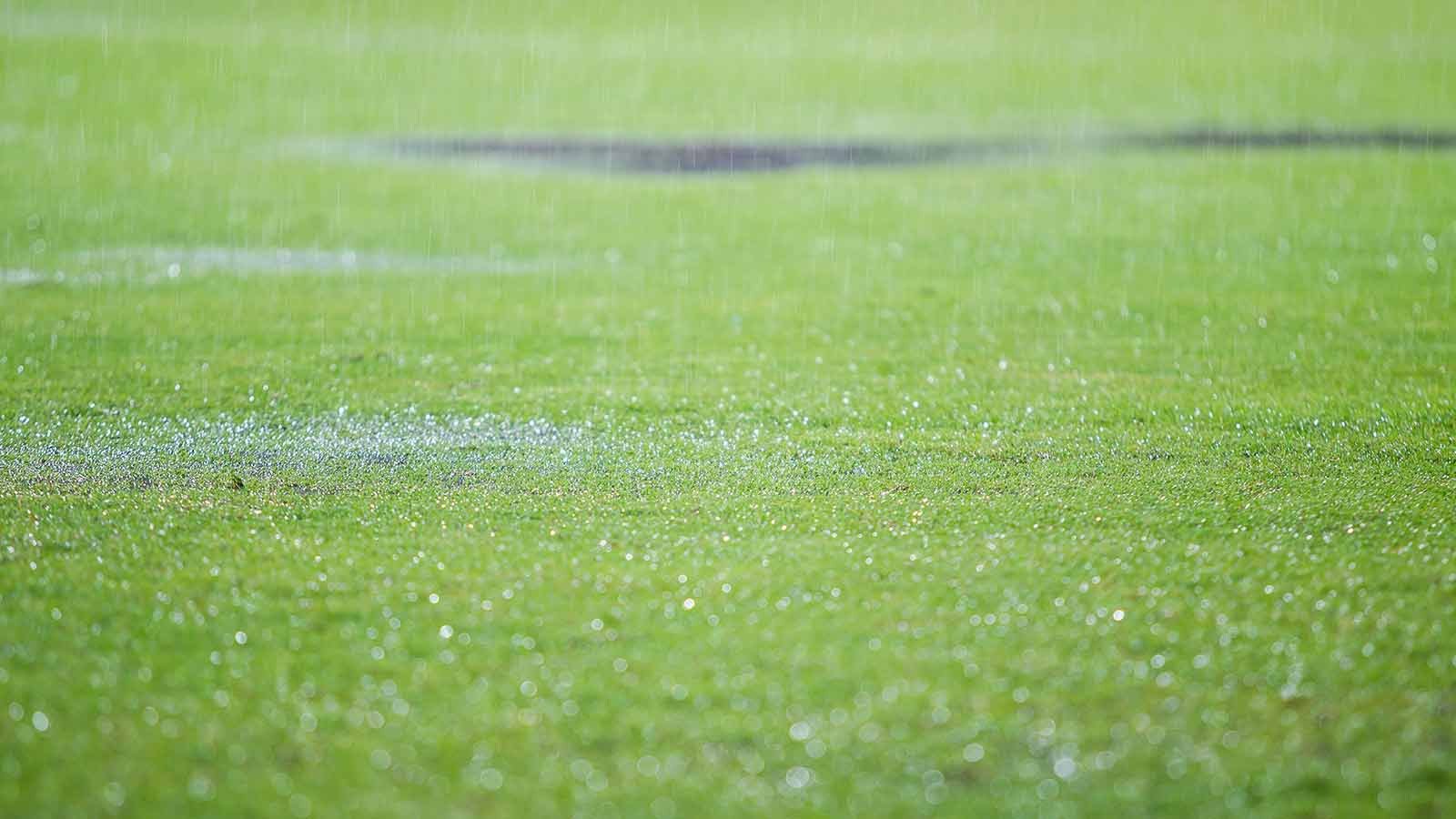
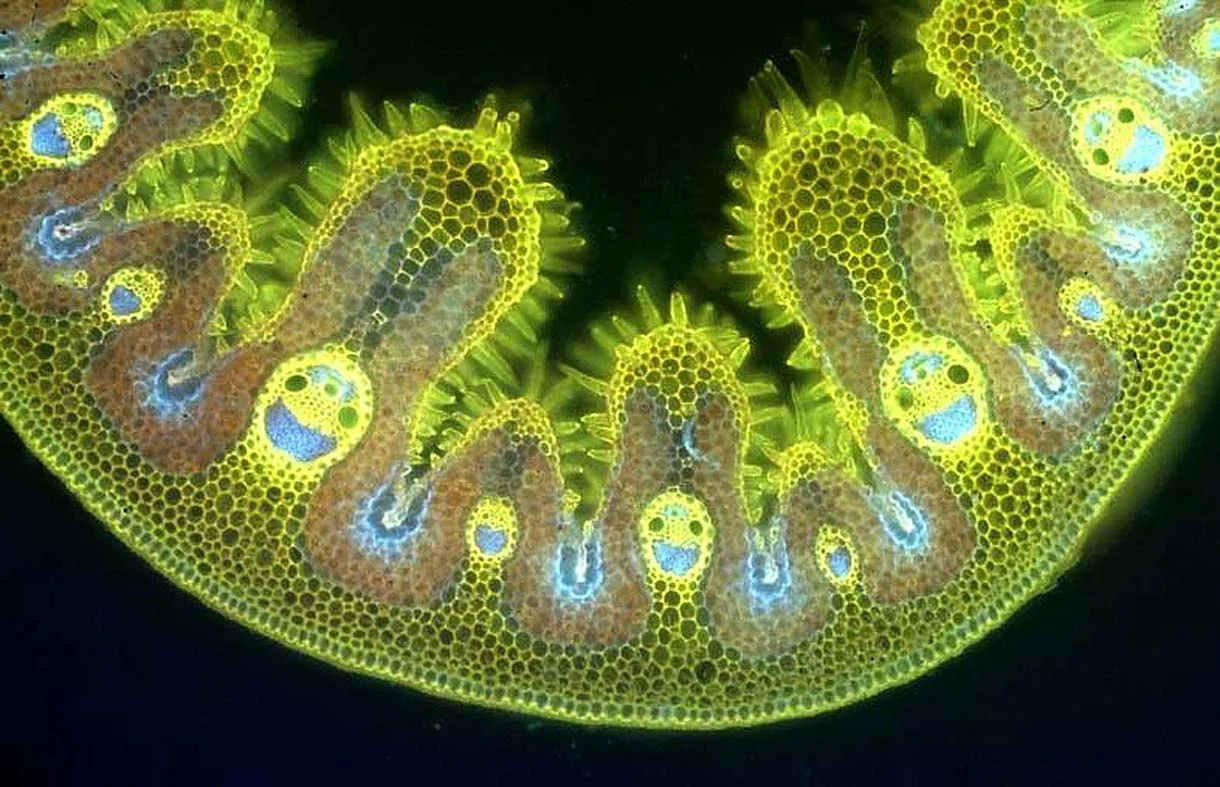
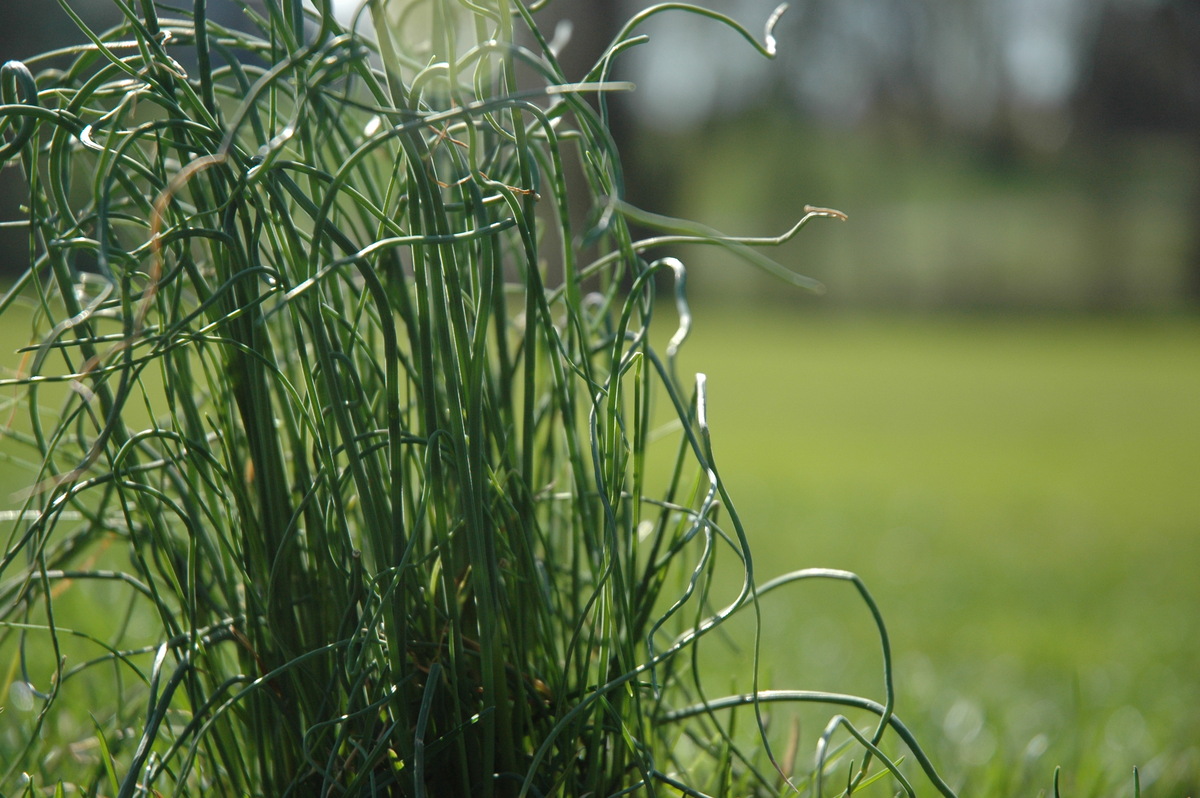

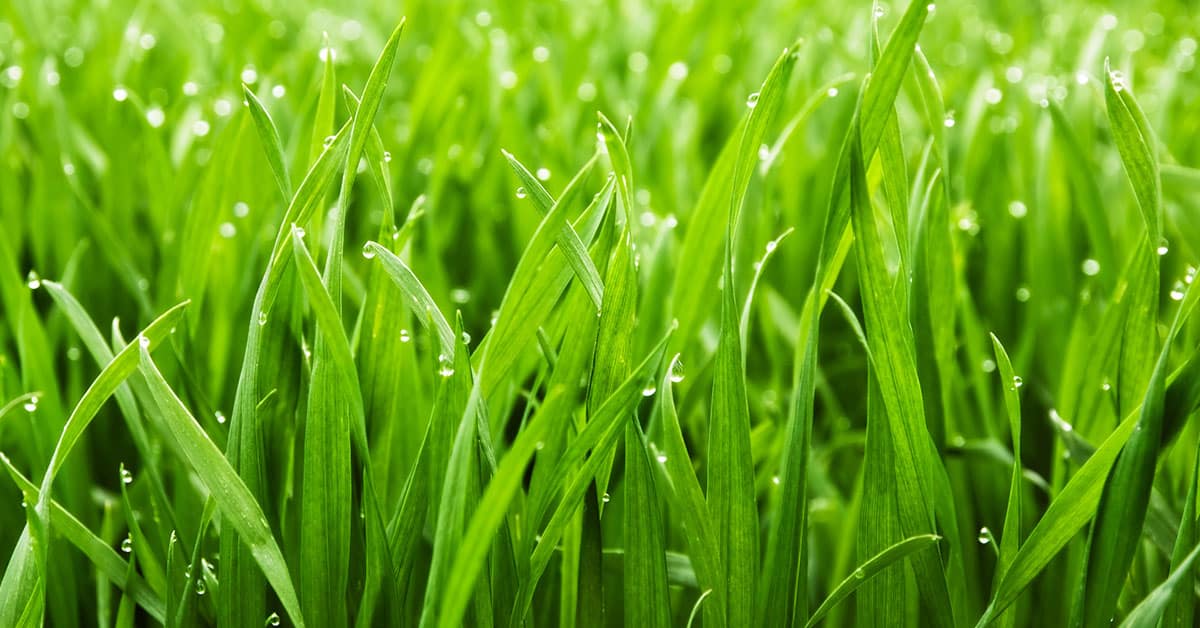

0 thoughts on “What Is The Grass That Looks Like Wheat”